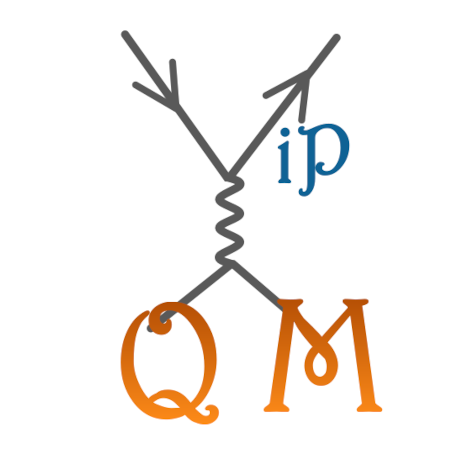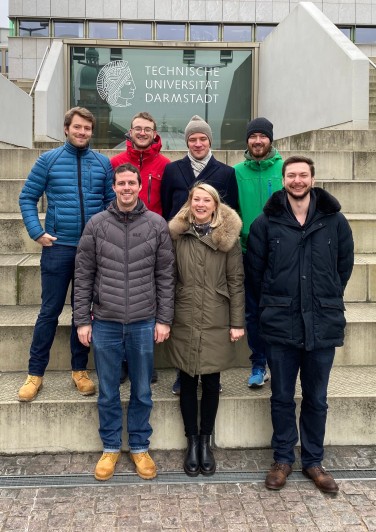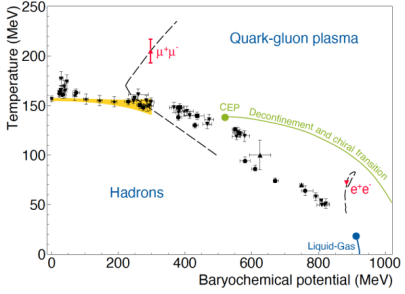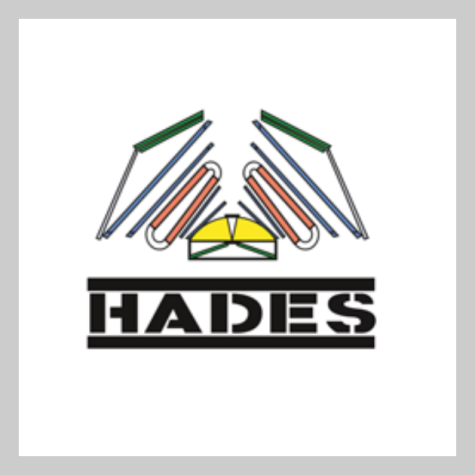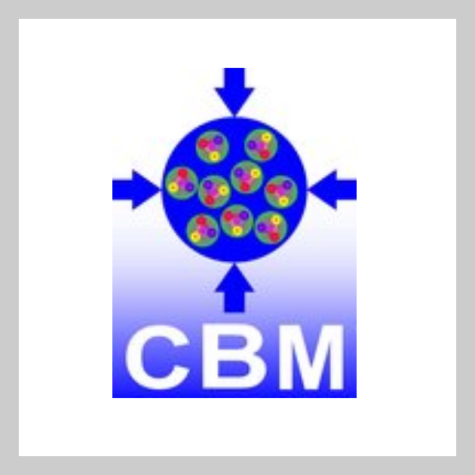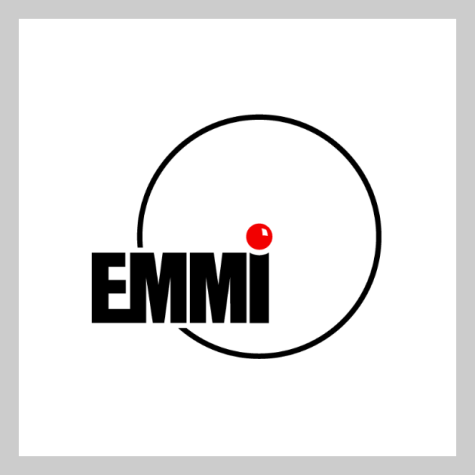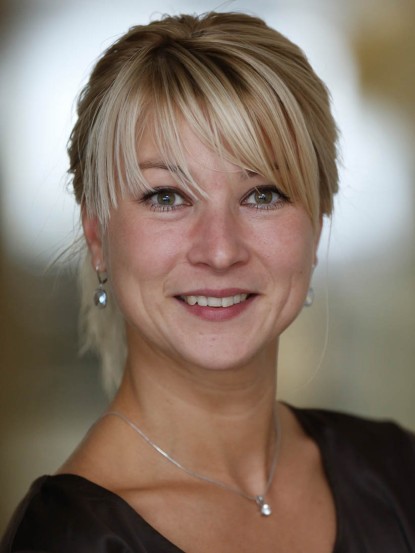We study the microscopic properties and thermodynamics of strongly interacting matter and QCD phase structure focusing on electromagnetic probes. As part of international collaborations, we partake in the development and operation of the HADES and CBM experiments at GSI Helmholtzzentrum für Schwerionenforschung/FAIR and the STAR experiment at the Relativistic Heavy-Ion Collider at Brookhaven National Laboratory. The analysis of experimental data and the phenomenological prediction of observables from elementary and heavy-ion collisions is a complementary and equally important part of our research.
The main topics of our research are:
- QCD phase structure
- Dilepton and hadron spectroscopy
- Hadron and heavy-ion collisions
- Phenomenology of electromagnetic and hadronic probes
- Instrumentation
For additional information, please visit also our webpage at GSI.


